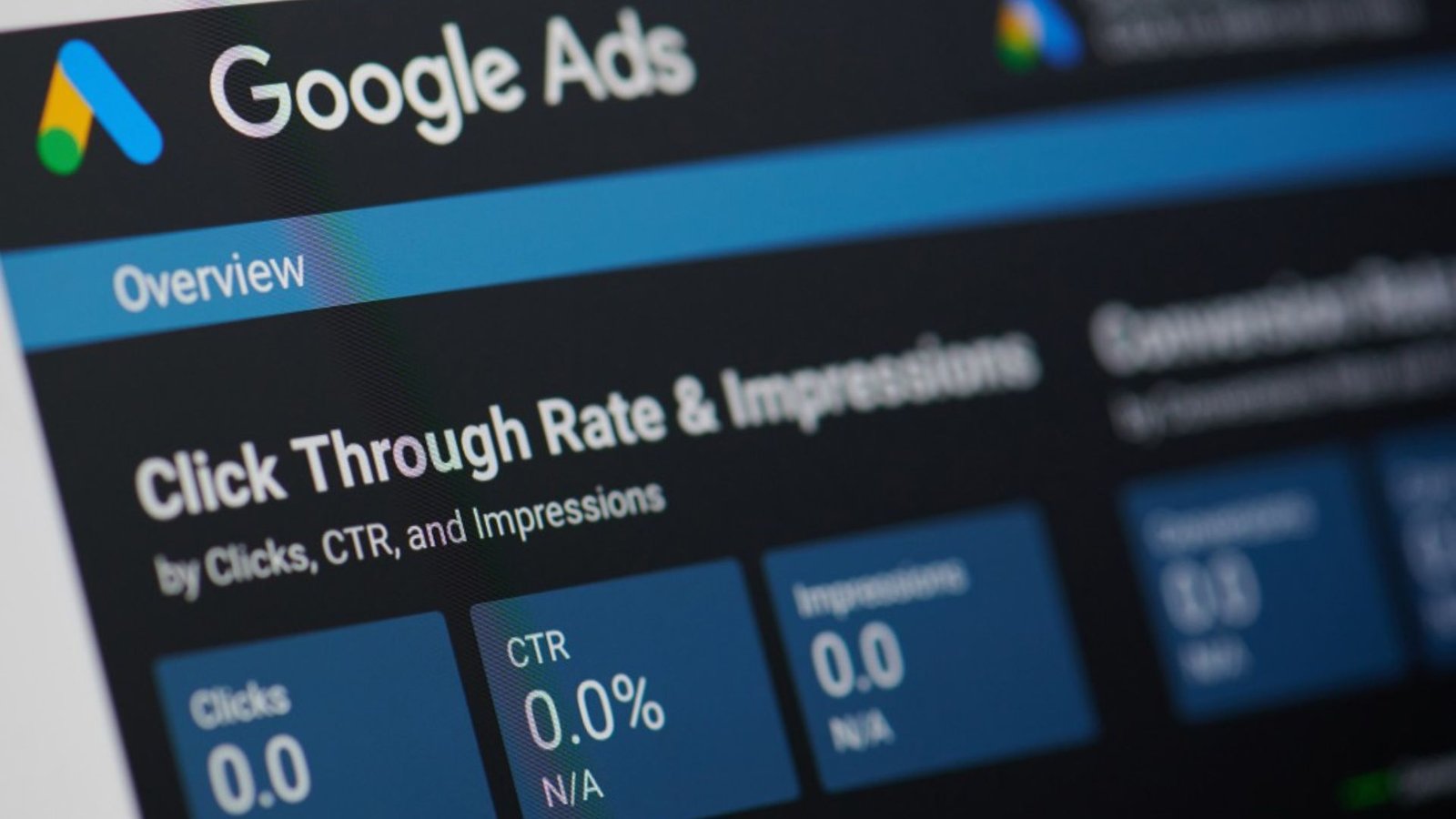Writing effective ad copy for paid search is essential for attracting the right audience, increasing click-through rates (CTR), and ultimately driving conversions. Paid search ads have limited space, so it’s crucial to make every word count. Here’s a step-by-step guide on how to write compelling ad copy that resonates with your target audience and delivers results:

Understand Your Audience
Before you start writing, it’s important to have a clear understanding of your target audience. What are their needs, pain points, and motivations? Knowing your audience allows you to craft ad copy that speaks directly to them, addressing their specific concerns and offering solutions.
Key Points:
- Conduct audience research to understand demographics and interests.
- Identify the key problems your product or service solves.
- Tailor your language to match the tone and style preferred by your audience.
Focus on Benefits, Not Features
While it’s tempting to list all the features of your product or service, your ad copy will be more effective if you focus on the benefits. How will your product improve the lives of your customers? What value does it provide? Highlighting the benefits helps potential customers see the value in what you’re offering.
Key Points:
- Translate features into benefits that address customer needs.
- Use persuasive language to highlight the positive impact on the user’s life.
- Focus on the unique selling proposition (USP) that sets your product apart.
Use a Strong Call to Action (CTA)
A compelling call to action is essential for driving conversions. Your CTA should clearly tell the user what you want them to do next, whether it’s “Buy Now,” “Learn More,” or “Get Started.” Make sure your CTA is direct, action-oriented, and aligned with the goal of your campaign.
Key Points:
- Include a clear and concise CTA in every ad.
- Use action verbs to create a sense of urgency or excitement.
- Test different CTAs to see which ones resonate best with your audience.
Include Keywords in Your Ad Copy
Incorporating relevant keywords into your ad copy is important for both ad relevance and quality score. When your ad copy matches the search query, it’s more likely to be clicked on. However, make sure the keywords fit naturally within the copy and don’t disrupt the flow.
Key Points:
- Use primary keywords in the headline and description.
- Avoid keyword stuffing; focus on creating natural-sounding copy.
- Highlight the keywords that match the user’s intent.
Make Your Headlines Attention-Grabbing
The headline is the first thing users see, so it needs to grab their attention. A strong headline can make the difference between a user clicking on your ad or scrolling past it. Use your headline to quickly convey the most important benefit or offer.
Key Points:
- Create headlines that are clear, concise, and benefit-focused.
- Use numbers or statistics to catch the reader’s eye.
- Experiment with different headline formats to see what performs best.
Highlight Special Offers and Promotions
If you’re running a promotion, make sure to include it in your ad copy. Special offers, discounts, and limited-time deals can be powerful motivators for potential customers. Clearly state the offer and any relevant details to entice users to click.
Key Points:
- Promote discounts, free shipping, or exclusive deals.
- Use phrases like “Limited Time Offer” to create urgency.
- Make sure the offer is prominently featured in the headline or description.
Address Pain Points and Provide Solutions
One of the most effective ways to connect with your audience is by addressing their pain points directly in your ad copy. Show empathy by acknowledging the challenges they face, and then position your product or service as the solution.
Key Points:
- Identify common pain points your target audience experiences.
- Use the ad copy to offer a solution that alleviates those pain points.
- Include testimonials or social proof to build trust and credibility.
Use Ad Extensions to Enhance Your Copy
Ad extensions allow you to add extra information to your ads, such as site links, callouts, and structured snippets. These extensions can make your ad more informative and increase its visibility, leading to higher click-through rates.
Key Points:
- Utilize site links to direct users to specific pages on your website.
- Use callout extensions to highlight unique selling points.
- Include location or call extensions if relevant to your business.
Test and Optimize Your Ad Copy
Writing effective ad copy is an ongoing process. It’s important to continuously test different versions of your ads to see what resonates best with your audience. A/B testing allows you to compare different headlines, descriptions, and CTAs to optimize performance.
Key Points:
- Run A/B tests to compare different elements of your ad copy.
- Analyze performance data to identify high-performing copy.
- Make data-driven adjustments to improve CTR and conversion rates.
Keep It Concise and Clear
Paid search ads have limited character space, so your copy needs to be concise and to the point. Avoid jargon or complex language that might confuse the reader. Clear, straightforward copy is more likely to resonate with users and encourage them to take action.
Key Points:
- Stick to the key message without overloading the ad with information.
- Use simple, easy-to-understand language.
- Focus on one main benefit or message per ad.
Conclusion
Effective ad copy is crucial for the success of your paid search campaigns. By understanding your audience, focusing on benefits, and crafting compelling headlines and CTAs, you can create ads that not only attract clicks but also drive conversions. Remember to continuously test and optimize your copy to ensure it remains relevant and impactful.




